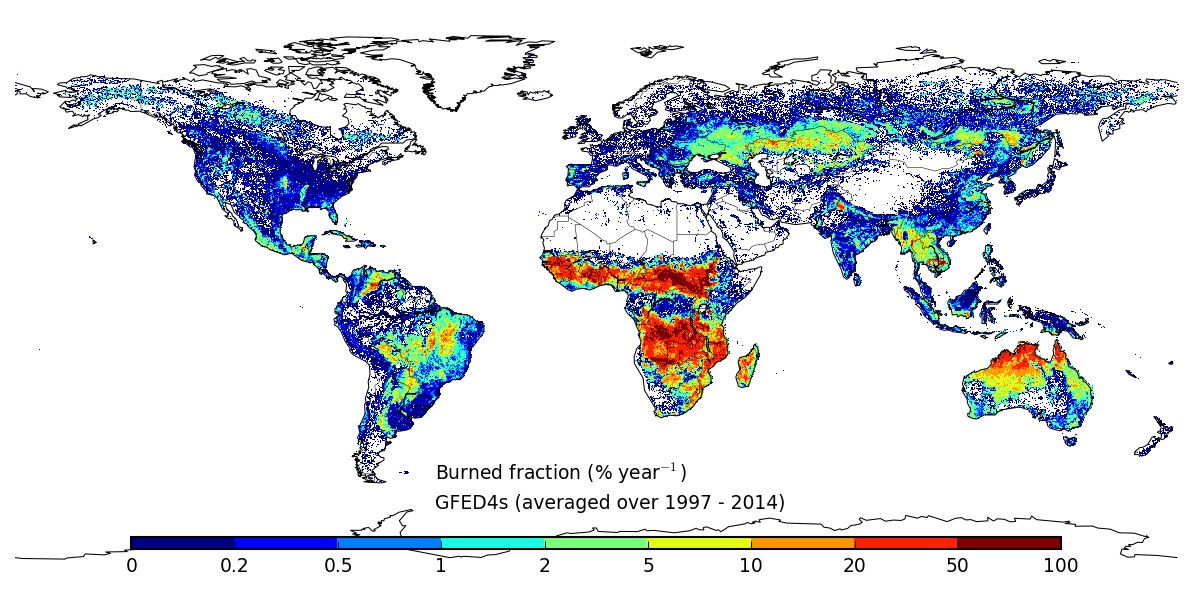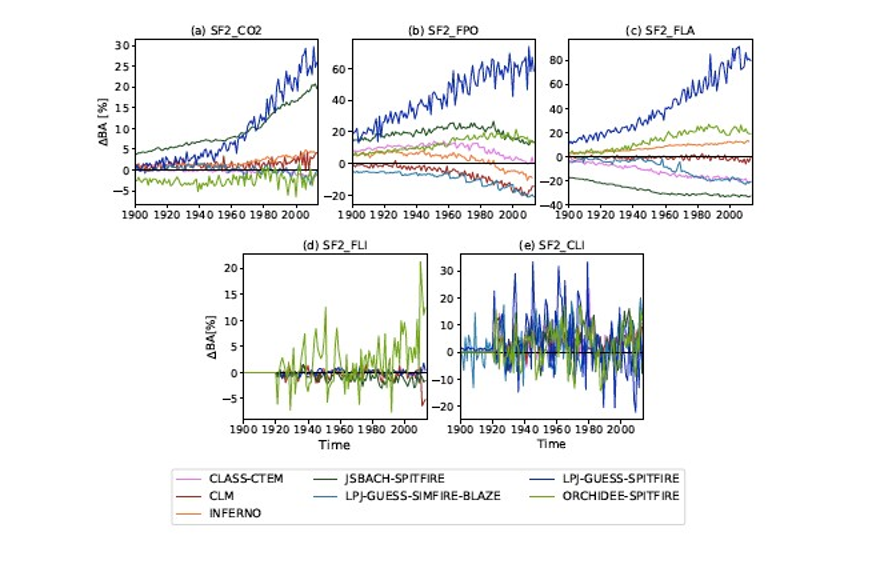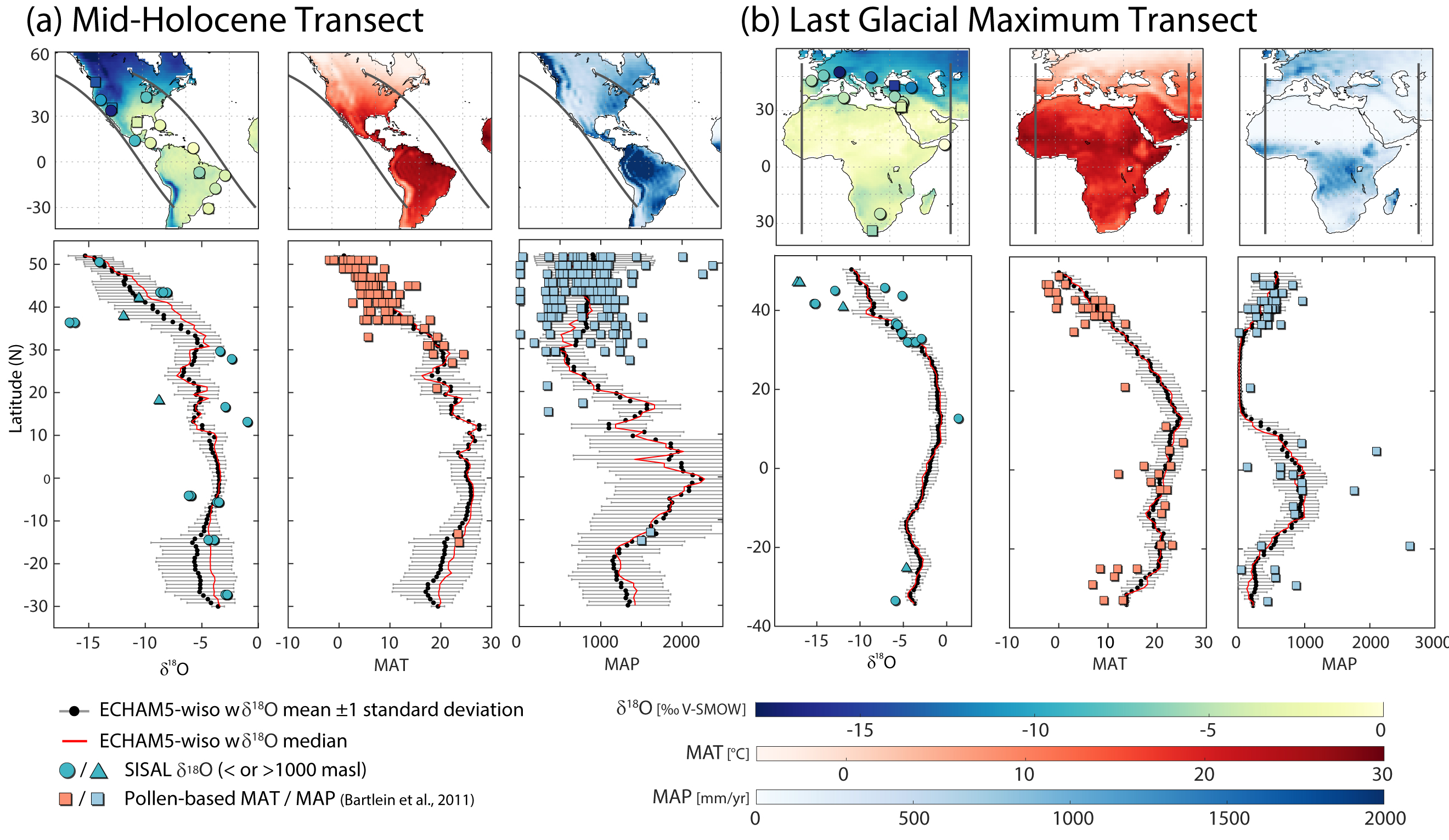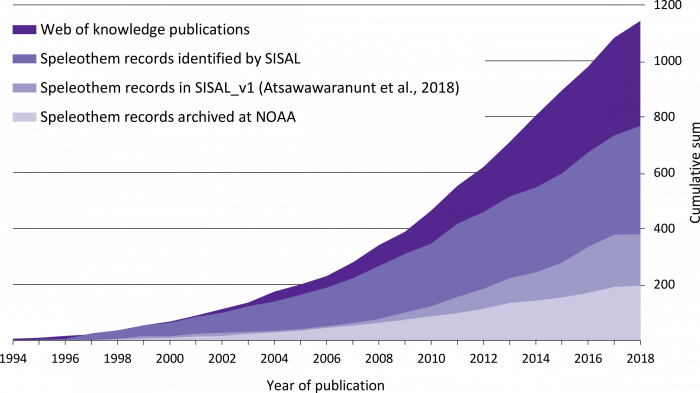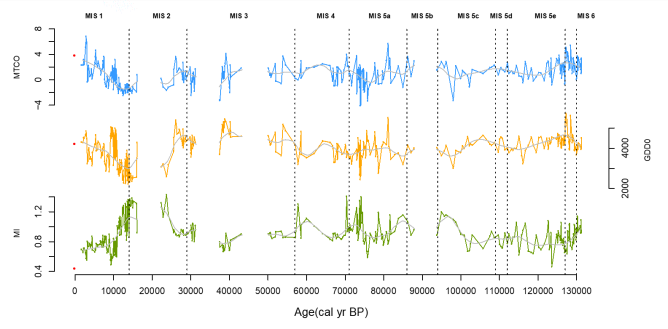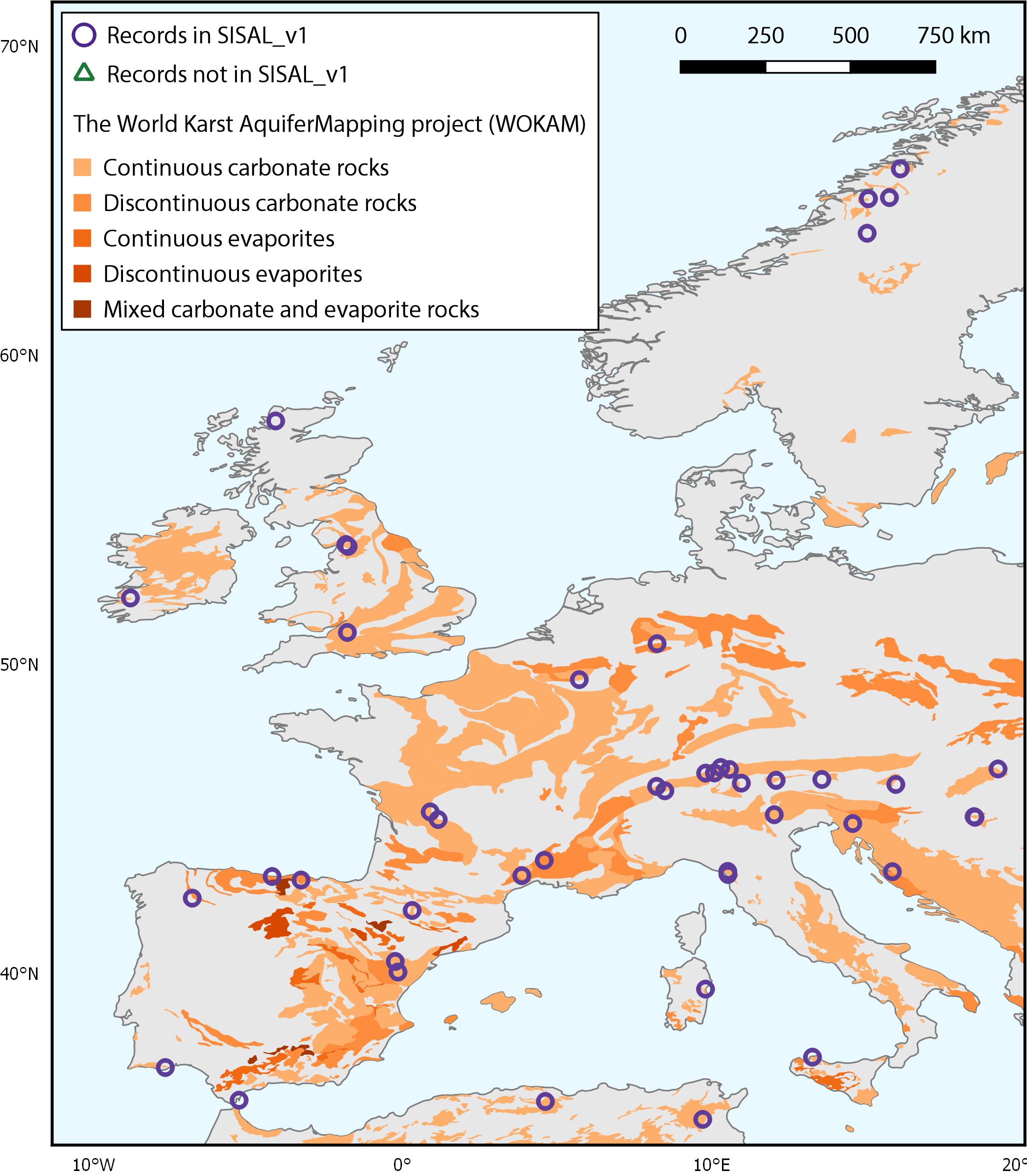There was a flurry of PMIP-related activity over the Christmas and New Year “holidays” because of the need to get papers describing experimental results that are going to be cited…Read More >
publication
A Method for Generating Coherent Spatially Explicit Maps of Seasonal Paleoclimates From Site‐Based Reconstructions by Sandy P. Harrison
The good news this morning is that Sean’s paper describing the new method he’s developed to reconstruct palaeoclimate using data assimilation techniques has been published (open access, of course) In…Read More >
Recent global and regional trends in Wildfire behaviour. By Sandy Harrison
In 2017, Andela et al. (Science) indicated that there had been a global decline in burnt are over the last two decades and specifically attributed this to anthropogenic activities. Furthermore,…Read More >
New theoretic-based approach of quantifying climatic influences on tree-ring width. By Guangqi Li
The narrow-wide pattern of tree-ring width records past climate change, which makes tree-ring width a major archive for the palaeo climate reconstruction, especially for the last millennium. To use tree-ring…Read More >
FireMIP Sensitivity Experiments. By Sandy Harrison
It is very exciting to see that the FireMIP paper on the sensitivity of burnt area to environmental and anthropogenic controls, led by Lina Teckentrup, is now out in Biogeosciences…Read More >
Evaluating model outputs using integrated global speleothem records of climate change. By Laia Comas Bru
Although quantitative isotopic data from speleothems has been used to evaluate isotope-enabled model simulations in the past, currently no consensus exists regarding the most appropriate methodology through which achieve this….Read More >
SISAL: Bringing Added Value to Speleothem Research. By Laia Comas Bru
The introductory paper of the SISAL’s Special Issue in the open-access journal “Quaternary”, edited by Sandy Harrison and myself, is now published: https://www.mdpi.com/2571-550X/2/1/7. In this editorial paper, we discuss some…Read More >
How does climate change in semi-arid Spain from 130,000 years ago? By Dongyang Wei
Our paper “Climate changes in interior semi-arid Spain from the last interglacial to the late Holocene” is now online in Climate of the Past Discussions (https://www.clim-past-discuss.net/cp-2019-16/). In this paper, we…Read More >
Four in one blow. By Sandy Harrison
I feel like the tailor in Grimm’s Das tapfere Schneiderlein today, with four papers being submitted in one day. Dongyang’s persistence on getting the Villarquemado climate reconstruction paper submitted before…Read More >
What do speleothems in Western Europe record? By Laia Comas Bru
Our paper “The Potential of Speleothems from Western Europe as Recorders of Regional Climate: A Critical Assessment of the SISAL Database” is now on-line in Quaternary. This is a contribution…Read More >



